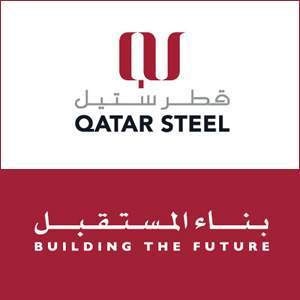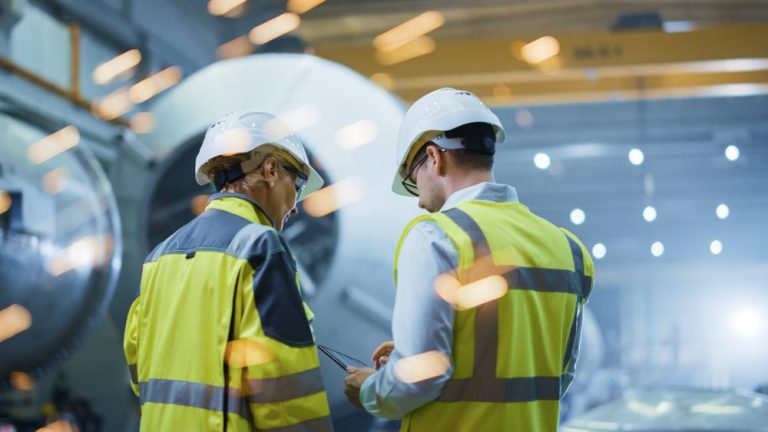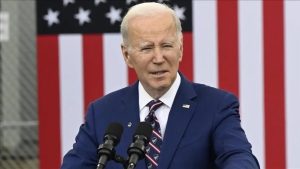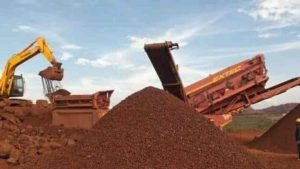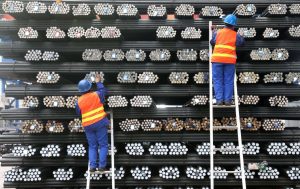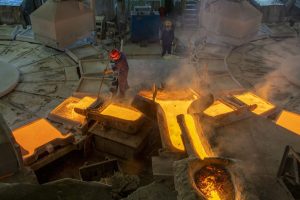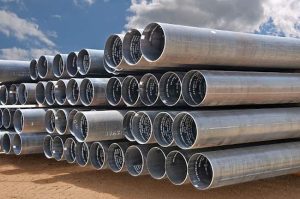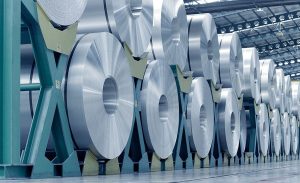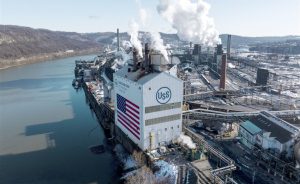The World Steel Organization (worldsteel) has released its short-term outlook (SRO) for 2022 and 2023, in which the organization expects steel demand to grow by 0.4% in 2022 to reach 1,840.2 million tons after a 2.7% increase in 2021
In 2023, steel demand is expected to grow by 2.2% to reach 1,881.4 million tonnes. These projections have been estimated against the backdrop of the war in Ukraine and are subject to a high degree of uncertainty.
Inflation and uncertainty cloud steel demand outlook
 Commenting on the forecast, Mr Maximo Vedoya, President of the Economic Committee of the World Steel Organization, said, “These short-term forecasts were issued in light of the human and economic tragedy that followed the Russian invasion of Ukraine, and we all wish for a quick and peaceful end to this war as possible. In 2021, recovery from the pandemic shock turned out to be stronger than expected in many regions despite persistent supply chain issues and COVID waves. However, a sharper-than-expected slowdown in China dampened global steel demand growth in 2021. For 2022 and 2023, the outlook is highly uncertain as the outlook for recovery from the pandemic has been affected by the war in Ukraine and rising inflation”.
Commenting on the forecast, Mr Maximo Vedoya, President of the Economic Committee of the World Steel Organization, said, “These short-term forecasts were issued in light of the human and economic tragedy that followed the Russian invasion of Ukraine, and we all wish for a quick and peaceful end to this war as possible. In 2021, recovery from the pandemic shock turned out to be stronger than expected in many regions despite persistent supply chain issues and COVID waves. However, a sharper-than-expected slowdown in China dampened global steel demand growth in 2021. For 2022 and 2023, the outlook is highly uncertain as the outlook for recovery from the pandemic has been affected by the war in Ukraine and rising inflation”.
General
The magnitude of the impact of the war in Ukraine will vary across regions, depending on direct trade and financial exposure to Russia and Ukraine. There is a devastating impact on Ukraine, sanctions on Russia, and a significant effect on the European Union due to its dependence on Russian energy and geographic proximity to the conflict zone.
The impact will also be seen globally through higher energy and commodity prices, especially raw materials for steel production, and continued supply chain disruptions that affected the global steel industry even before the war. Moreover, the volatility of financial markets and heightened uncertainty would undermine investment.
Such global repercussions of the war in Ukraine, accompanied by lower growth in China, mean a lower outlook for global steel demand growth in 2022. There are other unfavourable risks from the continued rise in virus infections in some parts of the world, especially China, and the rise in interest rates. The expected tightening of US monetary policies will harm financially weak emerging economies.
The outlook for 2023 is highly uncertain. The organization’s expectations assume that the confrontation in Ukraine will end in 2022, but the sanctions imposed on Russia will remain largely.
In addition, the geopolitical situation surrounding Ukraine has significant long-term implications for the global steel industry. Among them are a possible readjustment in global trade flows, a shift in energy trade and its impact on energy transitions, and the ongoing reshaping of global supply chains.
China
Steel demand in China witnessed a significant slowdown in 2021 due to the government’s strict measures on real estate developers. Steel demand in 2022 will remain steady as the government tries to boost investment in infrastructure and stabilize the real estate market. The stimulus introduced in 2022 will probably support small growth in steel demand in 2023. More substantial stimulus measures escalating are possible, which is likely if the economy faces further challenges from the deteriorating external environment.
Advanced economies
Despite sporadic waves of COVID infections and supply chain constraints in the manufacturing sector, steel demand rebounded strongly in 2021, especially in the European Union and the United States. However, the outlook for 2022 has been weakened by inflationary pressure, which is reinforced by events surrounding Ukraine, and the impact of the war will be particularly evident in the European Union, given its heavy dependence on Russian energy and refugee flows. Steel demand in the developed world is expected to increase by 1.1% and 2.4% in 2022 and 2023, respectively, after recovering by 16.5% in 2021.
Developing economies, except China
In developing economies, recovery from the pandemic has faced more challenges as the impact of the pandemic continues and inflation rises, leading to a monetary tightening cycle in many emerging economies. After declining by 7.7% in 2020, steel demand in the developing world, excluding China, grew by 10.7% in 2021, slightly lower than the Organization’s previous forecast.
In 2022 and 2023, emerging economies except China will continue to face the challenges of the deteriorating external environment, the Russian-Ukrainian war, and the tightening of US monetary policy, leading to a decline in growth of 0.5% in 2022 and 4.5% in 2023.
Steel use sectors
Global construction activity continued to recover from lockdowns to record 3.4% growth despite a contraction in China in 2021. The recovery has been driven by an infrastructure push as part of rally programs in many countries. In addition, the energy transition-related investments will likely cause the construction sector growth for the years to come. However, the construction sector faces some headwinds from rising costs and interest rates.
The recovery of the global auto industry in 2021 was disappointing as supply chain bottlenecks halted recovery momentum in the second half of the year. The war in Ukraine will probably delay any return to normalcy with supply chain issues, especially in Europe.
Despite the downturn in global auto production, the electric vehicle sector has grown significantly during the pandemic. Global sales of electric vehicles in 2021 reached 6.6 million units, almost doubling compared to 2020. The share of electric vehicles in total car sales increased from 2.49% in 2019 to 8.57% in 2021.





